For over 10 years, Murray Barber has worked in many English VFX studios like MPC, Double Negative, Cinesite, Mill Film and Milk VFX. He has participated on projects such as BLACK HAWK DOWN, TROY, CORPSE BRIDE or 28 WEEKS LATER and also the TV series DOCTOR WHO.
Can you describe one of your typical day on-set and then on post?
I was VFX Supervisor on DOCTOR WHO. Shooting lasted around 2 months in April and May 2013 both on set and in and around Cardiff, Wales. Jon Brown, Milk’s on-set Supervisor/Shoot Production Manager was there every day. I was there frequently – usually on a weekly basis. A typical day when I was on set involves liaising with Jon Brown, work out what would be shot that day, for example the Arcadia night shoot which lasted two days. I chat to Director Nick Hurran and Neville Kidd the DOP about the shots planned for that day. There is no typical day on set… every day is different. I make sure everything related to the vfx is running smoothly and to budget.
Can you tell us more about the Tardis and the doctor attached to the helicopter?
There were three separate shoots for that sequence. The first was on the Brecon Beacons in Wales with a real helicopter and a specially constructed Tardis hanging from the helicopter. We shot several plates of it taking off and landing and then we shot plates of it flying around. The next shoot was in an old airfield with a crane and the same Tardis with Matt Smith hanging from it (quite near the ground!) with a big green screen below him – against which we then shot various plates showing close-ups of the Doctor and Clara. The third shoot was in Trafalgar square in London where we had an even bigger crane, the specially constructed Tardis and a stunt man hanging from it (for the shots quite high off the ground) then the Tardis was shot hanging from the crane much closer to the ground with Matt Smith hanging from it – for the shots where he drops down to the ground.
When you see the shots of Trafalgar square with the Tardis flying around – that shot was from the Brecon Beacons shoot.
How did you design the look of the 3D painting?
We worked with Michael Pickwoad the BBC’s Art Director for DOCTOR WHO. The reference we had from the BBC was a classic ‘old master’ oil painting however it looked quite dark. So when we showed Nick Hurran, the Director, our shot of the Gallifrey Citadel he asked us to make the 3D painting look lighter and more like this.
Which indications and references did your received for the paintings?
As I mentioned it needed to look like a traditional oil painting. It also needed to be bigger on the inside as it was ‘Time Lord’ art.
Can you explain in details about its creation?
Milk created the dramatic 3D Time Lord paintings at the National Gallery through which the Doctor and Clara witness the catastrophic battle and fall of Arcadia and which form the entry point for the viewer to fly into the city. One of the biggest challenges was creating a flat, framed painting that appears to be a two dimensional object but which, when the camera moves around it, is revealed to be a full 3D environment with depth, whilst still remaining within the picture frame. We also had to ensure that it worked well for 2D viewers as well as looking spectacular in 3D.
Can you tell us more about the beautiful shot that goes through the painting?
Technically this was one of the most demanding shots, as we were combining elements from the matte painting department, the 3D environment department, and a green screen shoot of the Doctors and a prop model of an exploding Dalek. This was bridged with three full CGI environments of battle-scarred Gallifrey, involving a complex, continuous camera move that stitched together all the separate elements. It was an epic shot for all departments, the shot combined matte paintings, 3D and FX – from smoke plumes, flames and people running, to swarms of Dalek saucers and a frozen explosion on a practical Dalek – a complex composite to make one seamless shot. We also had to integrate smoke and flames which were created in Houdini. The whole thing was rendered out in 3 separate parts in Arnold and composited together in Nuke. After we had assembled all the different elements the shot was re-sped to fit into the edit.
The initial concept for this was to be 3 separate shots but we decided to make it more exciting and visceral by making this one long shot.
How did you approach and created the huge battle of Arcadia?
For the dramatic sequences set in Arcadia, we created a large-scale 3D environment in Cinema 4D, of the city under siege. Milk designed huge fly-through shots to add a sense of drama and scale as the viewer plunges into the city alongside attacking Dalek Fighter Pods. Milk aimed to give the feel of a city that was near collapse, fighting for survival. The shots are frenetic with lots of explosions and laser fire. The buildings had to stand up to close up scrutiny because of the extreme camera moves. We ended up with around thirty wrecked ‘hero’ buildings that were then instanced (repeated) hundreds of times and the street filled with debris, explosions, fire, crashed saucers and tiny running figures. Working in stereoscopic 3D meant that often we were not able to ‘cheat’ effects and instead had to render smoke and fire in Houdini instead of using pre-filmed smoke and fire elements. As it was in Stereo, it was a great excuse to have lasers flying right past the camera!
How did you create the Dalek saucers around Gallifrey?
The Dalek saucers were an existing asset which we adapted especially for the 50th anniversary, so that the viewer got closer to them than ever before and made them bigger and better. They needed to stand up to close scrutiny for cinema.
Can you describe step by step the creation for Gallifrey citadel environment?
The Gallifrey Citadel was an existing asset which we’ve used before, however we improved its textures and geometry as we get closer to it visually and it needed to stand up for cinema. It was created by Simon Wicker our head of Matte Painting for a test and Nick Hurran loved it and wanted to use it which we were very pleased about.
Can you tell us more about the creation for the Time Portal?
Milk created the space/time portal, which appears throughout the episode. It is described in the script as ‘shimmering through the air… howling and crackling’. We see it from several different angles, including looking straight into it. The challenge was to create a real sense of depth within it, both in stereoscopic 3D but also for our 2D viewers. This was quite tricky as the portal isn’t a solid mass, but has a fluid feel about it. The Portal was developed and realised in Houdini.
How did you design and created the FX for the Doctors screwdrivers?
Just a simple 2D solution in Nuke, that one of our highly imaginative juniors came up with.
What is your software pipeline?
For DOCTOR WHO:
- 3D done in Maya
- Rendered in Arnold
- Houdini and Real Flow for effects work – which includes fluids, smoke and flames.
- Composited in Nuke
- Stereo fixes done in Occula
- Matte painting in Cinema 4D
What was the biggest challenge on this project and how did you achieve it?
The 3D painting and the Fly-through Arcadia battle shots, see above.
What was your feeling to work on this special anniversary episode with many Doctors?
It was an honour and a privilege to be part of TV history!
Was there a shot or a sequence that prevented you from sleep?
No but if I’d known 77 million people would be watching I may have!!
What do you keep from this experience?
Huge sense of pride at being part of such as massive and well loved programme!
How long have you worked on this show?
I have worked on DOCTOR WHO for four years. The Milk team have worked on DOCTOR WHO since 2005.
How many shots have you done?
129.
What was the size of your team?
26 overall.
A big thanks for your time.
// WANT TO KNOW MORE?
– Milk VFX: Dedicated page about DOCTOR WHO – 50TH ANNIVERSARY SPECIAL – DAY OF THE DOCTOR on Milk VFX website.
// DR WHO 50TH ANNIVERSARY SPECIAL – THE DAY OF THE DOCTOR: Making of by Milk VFX
© Vincent Frei – The Art of VFX – 2013


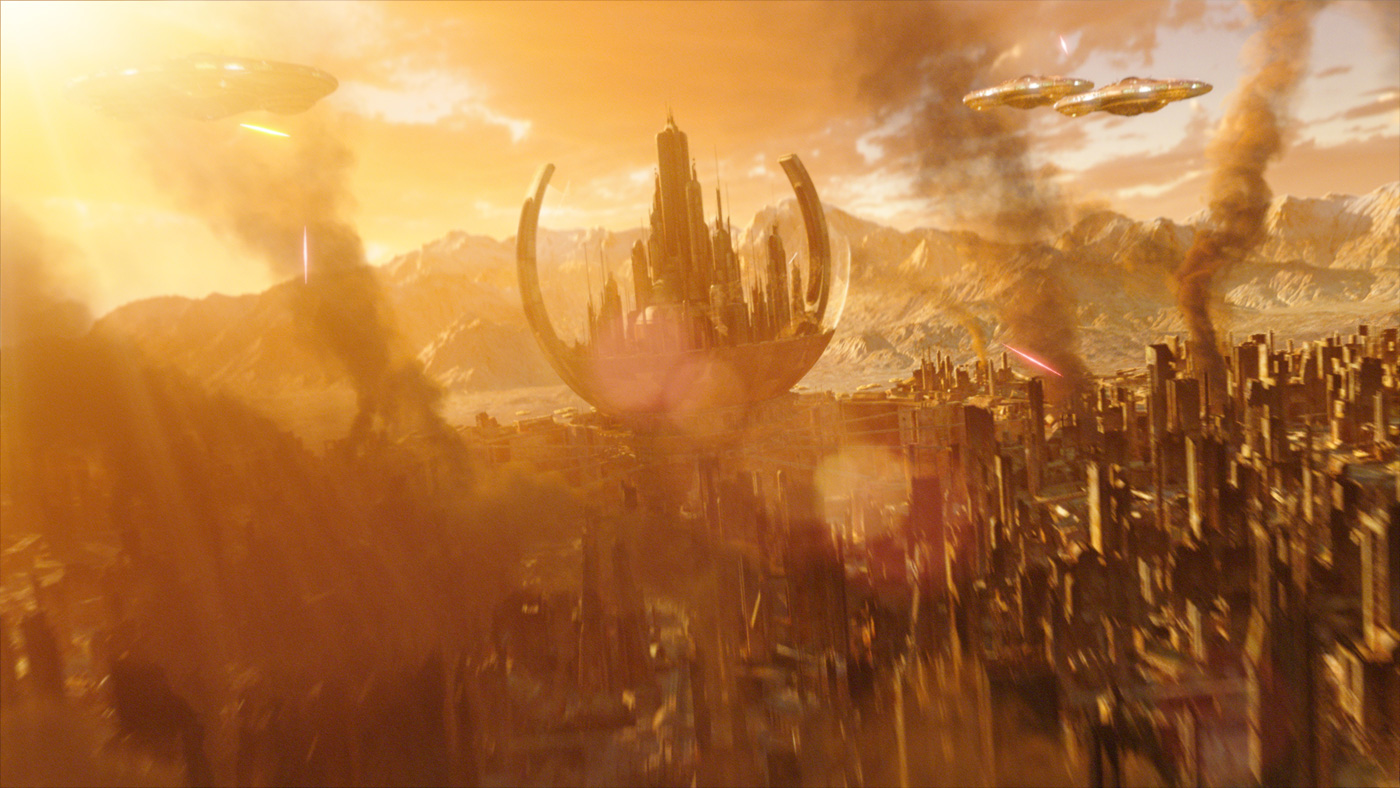
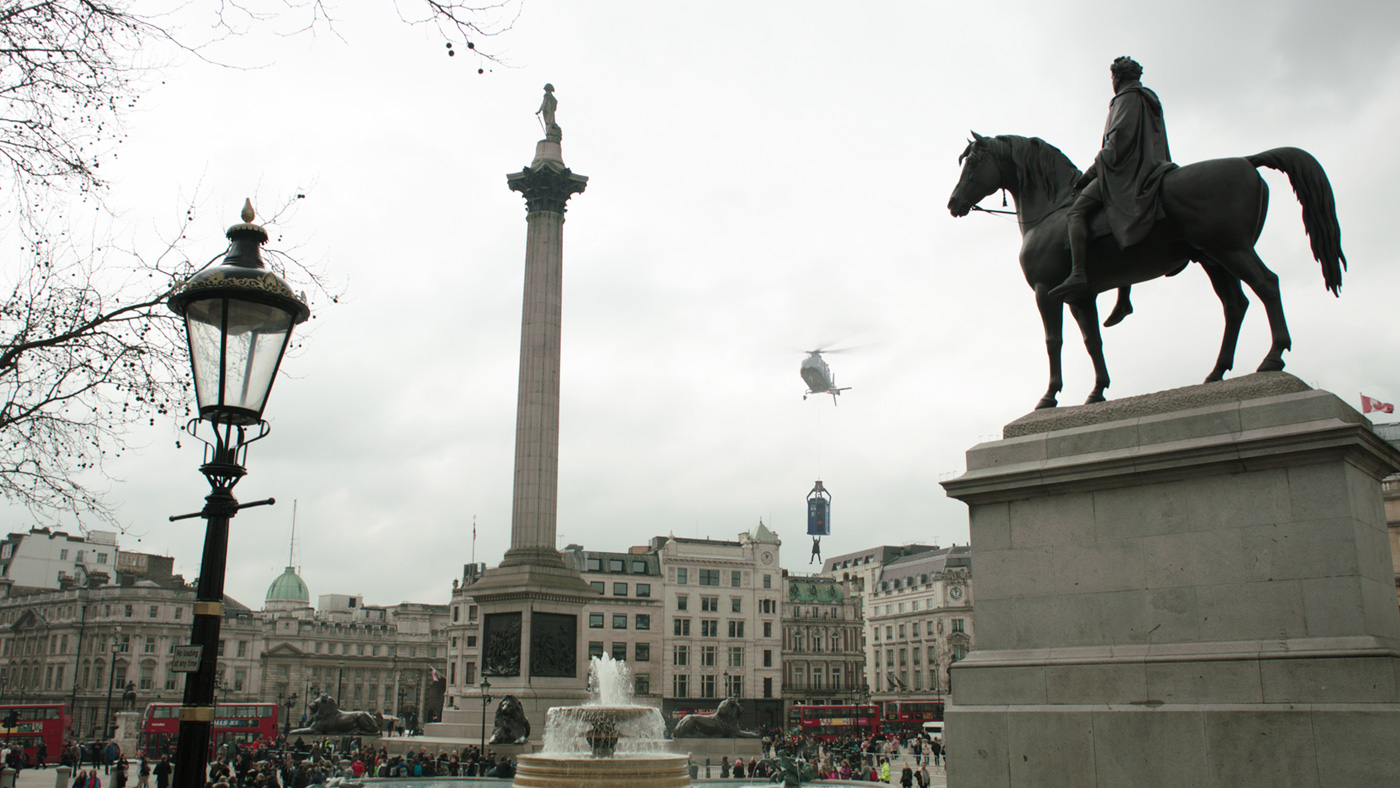
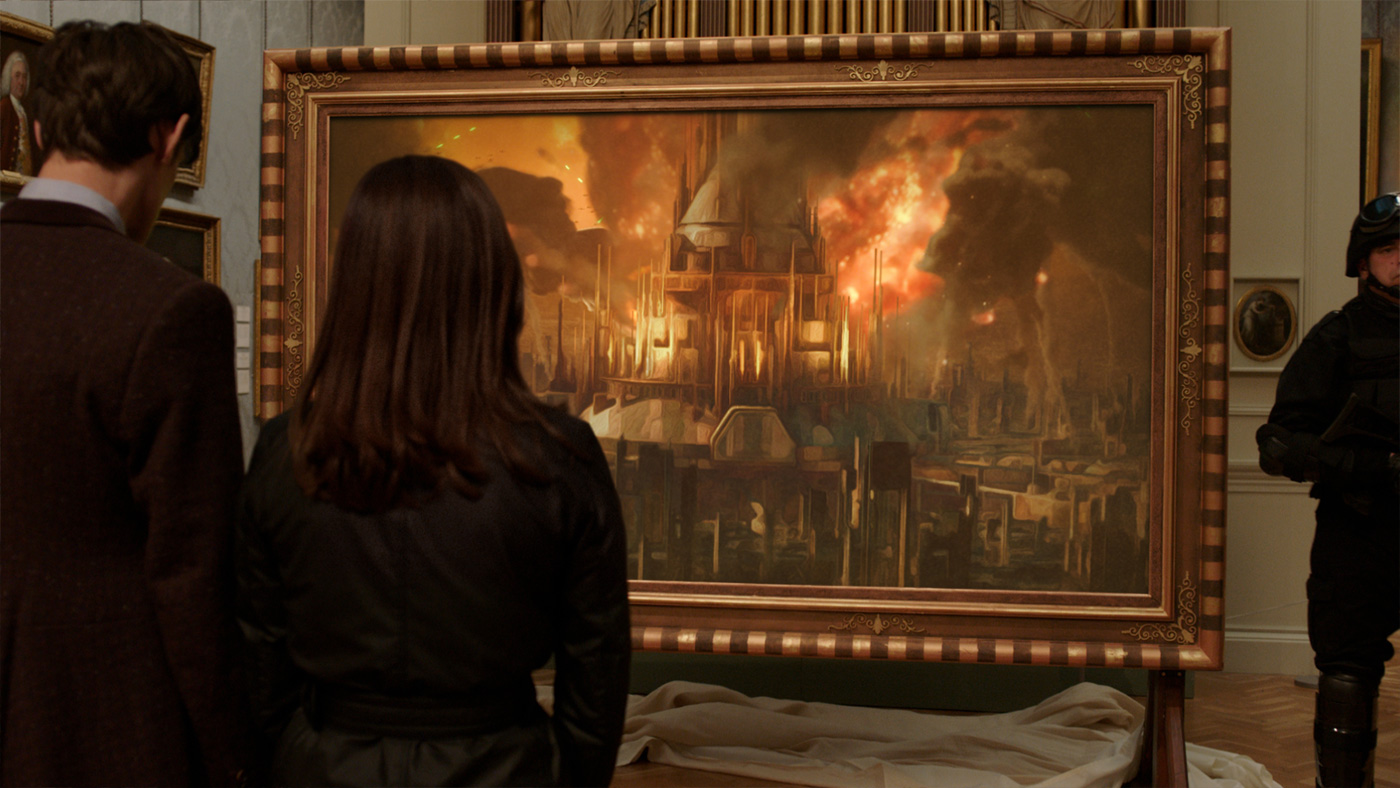
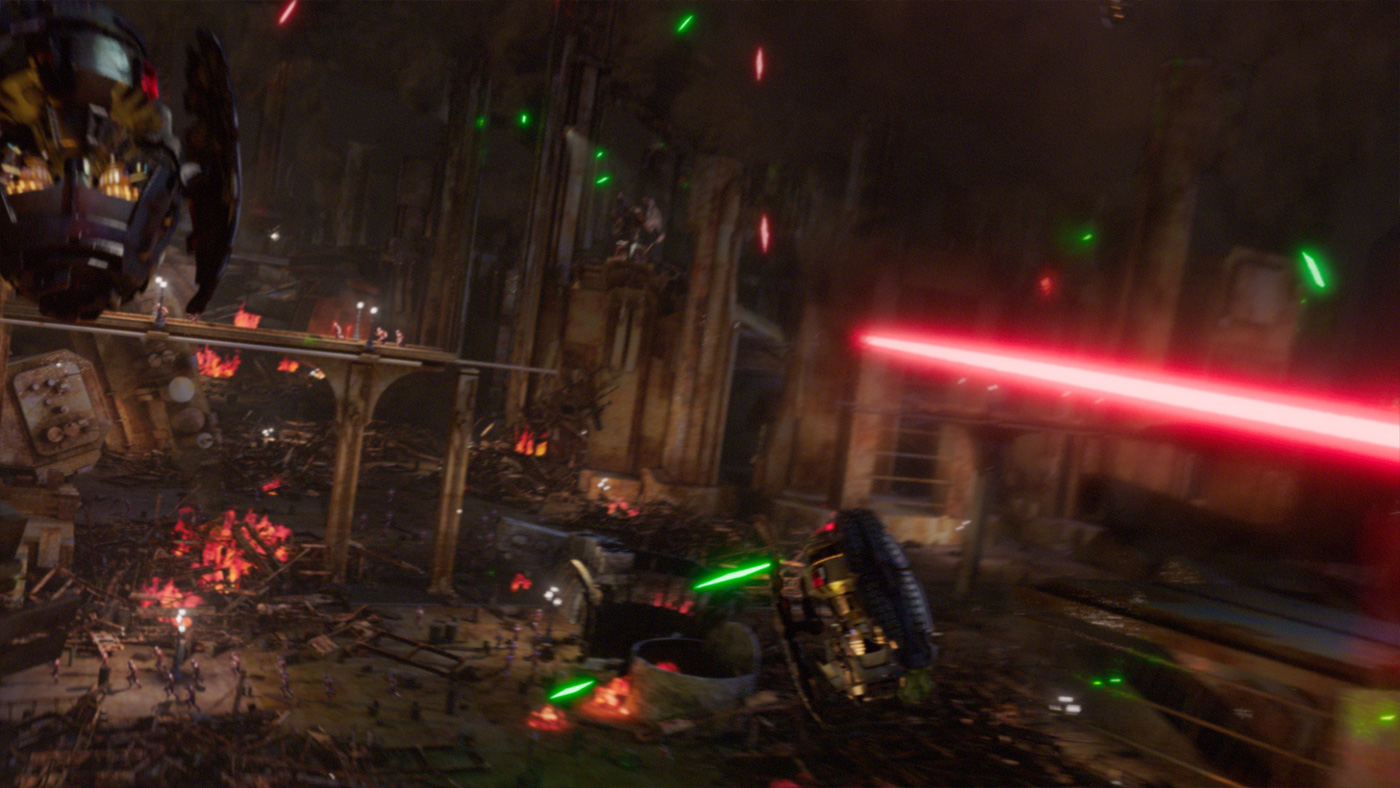
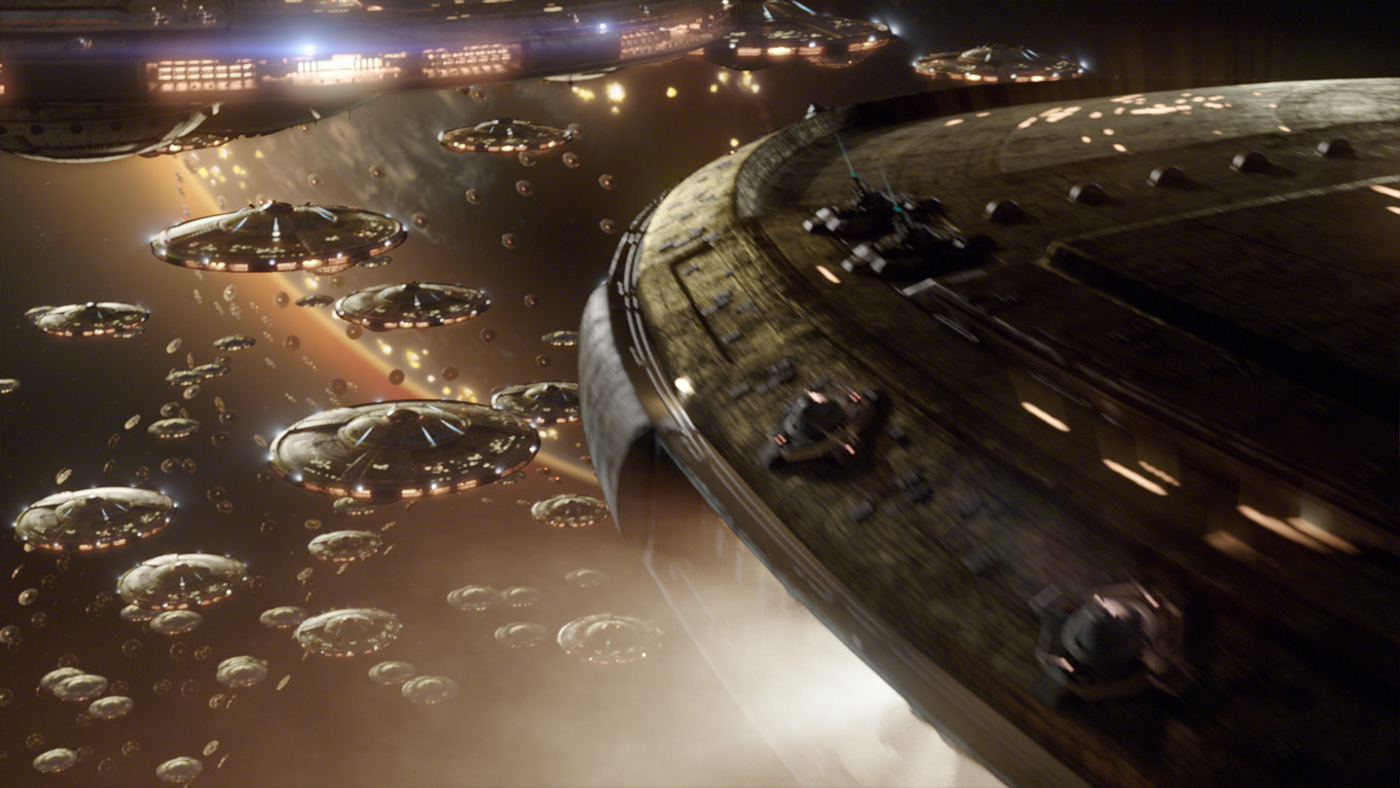

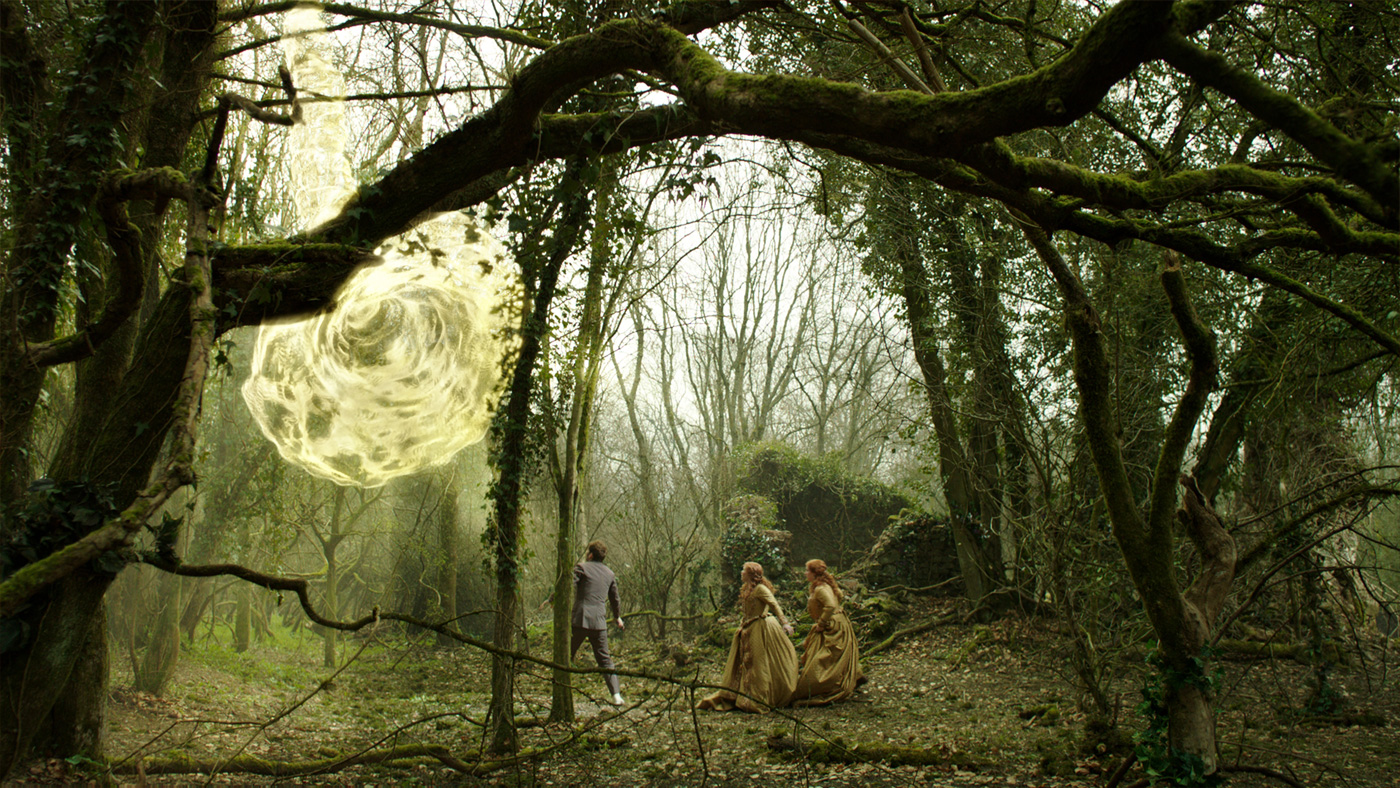
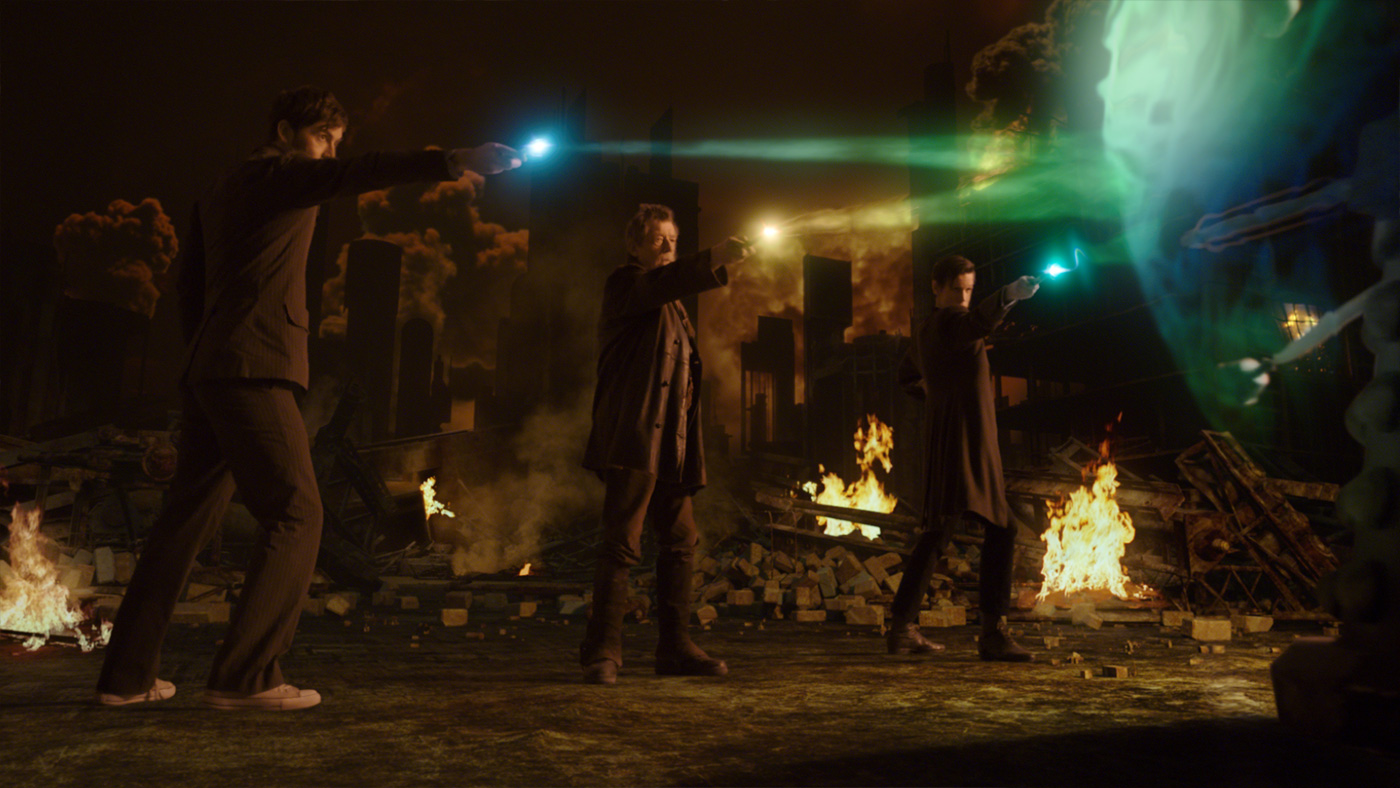






the only bit that was brilliant was the 3D painting (watching this on a normal 14″ tv) it was in 3D WOW…………. but as for the rest RUBBISH sorry …. for a 50th an’ bad but the story that followed (the christmas episode) much better, although …. you (the writers that is) seem to have gone to far with the follow on approach in story’s and got to a dead end. (HELP ?) you dropped yourself in it, so using the doctors regen to blow things up (gets you out of the sticky situation Hmmmm ?) not good. stick with separate stories and not this following on (everyone else does in series, kind of) thing and they are better. (we dont need this hidden mystery / something always to make it addicted watching) as for the now we have a secret doctor why ? why not just have magann play his role now we have another doctor who did just one story to… and this new guy ? its going to go the same way as eccleston short lived (although after the 2nd year of david tennent) we all wanted christopher back ALL is FORGIVEN….